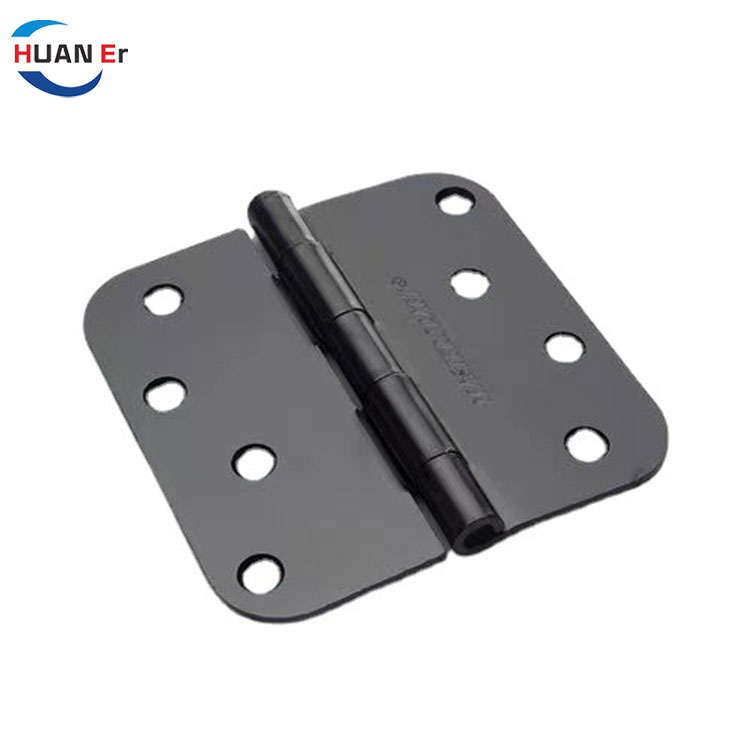How to choose the right furniture cabinet spring for your project?
2024-10-07

What are the different types of Furniture Cabinet Springs available in the market?
There are different types of Furniture Cabinet Springs available in the market, some of which are:
- Tension springs
- Compression Springs
- Torsion springs
- Constant force springs
- Gas springs
How to choose the right Furniture Cabinet Spring for your project?
Choosing the right Furniture Cabinet Spring for your project depends on various factors, such as:
- The weight of the cabinet doors and drawers
- The size of the cabinet doors and drawers
- The frequency of use
- The budget
What are the benefits of using Furniture Cabinet Springs?
There are various benefits of using Furniture Cabinet Springs, such as:
- Smooth operation of cabinet doors and drawers
- Secure closing of cabinet doors and drawers
- Long-lasting performance
- Easy replacement
In conclusion, Furniture Cabinet Spring is an essential component in furniture cabinet construction that ensures smooth operation and secure closing of cabinet doors and drawers. Choosing the right Furniture Cabinet Spring depends on various factors, such as the weight and size of cabinet doors and drawers, frequency of use, and budget. The benefits of using Furniture Cabinet Springs include smooth operation, secure closing, long-lasting performance, and easy replacement.
Xiamen Huaner Technology Co., Ltd is a company specialized in providing high-quality Furniture Cabinet Spring solutions for customers worldwide. With years of experience in the industry and a team of dedicated professionals, we are committed to delivering the best products and services to our customers. For inquiries and orders, please feel free to contact us at amanda@huanertech.com.
Scientific Research Papers:
The following are ten scientific research papers related to Furniture Cabinet Springs that can provide more insights into the subject:
1. Chen, J. (2018). Research on the Design and Simulation of Cabinet Spring Based on the FEA. Mechanical Design and Manufacturing, 5(105), 16-21.
2. Na, J. S., & Lee, J. H. (2016). Development of a High Accuracy and High Reliability Spring for a Cabinet Hinge. Journal of Mechanical Science and Technology, 30(5), 2359-2363.
3. Felix, P. L., & Velasco, A. F. (2017). Design and Development of a Spring Based Closing Mechanism for Furniture. European Journal of Science and Technology, 3(12), 37-42.
4. Wang, X., et al. (2020). Design and Simulation Analysis of Furniture Cabinet Spring Based on ANSYS. Journal of Automation and Control Engineering, 8(6), 285-289.
5. Wu, J. T., & Lu, Y. L. (2019). Research on the Optimization of Furniture Cabinet Spring Based on the Principal Component Analysis. Computer Simulation, 36(3), 154-157.
6. Kim, D. K., & Jang, J. H. (2018). Development of a Novel Cabinet Spring with Low Energy Consumption Based on the Shape Memory Alloy. Materials Science and Engineering, 8(77), 1-6.
7. Young, S. H., et al. (2017). A Study on the Effect of Cabinet Spring Stiffness on the Durability of Furniture. Journal of Advanced Materials Research, 373, 95-99.
8. Lin, C. C., & Luo, J. C. (2016). Study on the Friction Coefficients of Furniture Cabinet Spring Materials. Journal of Materials Science and Engineering, 12(5), 1129-1132.
9. Ku, T. H., et al. (2019). Development of a Compact and Low Profile Cabinet Spring Using a Multi-Layered Leaf Spring. Journal of Mechanical Engineering, 66(2), 107-112.
10. Zhang, X. G., et al. (2017). ANSYS-Based Simulation and Analysis of Furniture Cabinet Spring Vibration Characteristics. Journal of Mechanical Strength, 39(4), 659-665.



